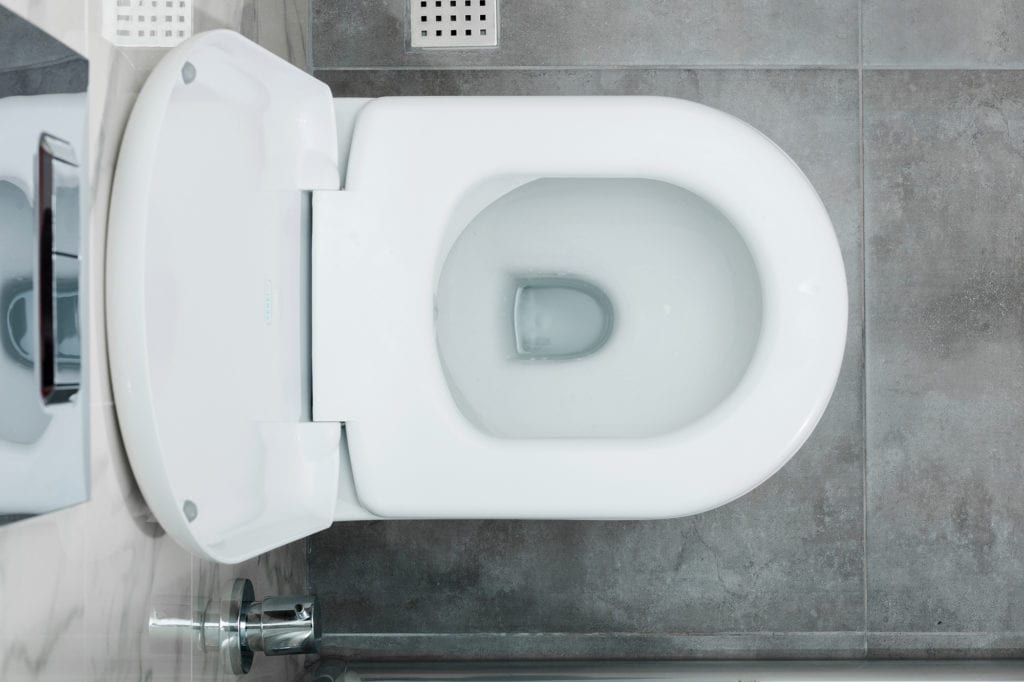It happens to everyone. You flush the toilet, but instead of the water going down, it just swirls in place and sometimes starts rising. If it starts rising, you’re about to have a bad situation on your floor if you don’t act quickly. To avoid a messy cleanup know the steps on how to unclog your toilet. Every home should have a flange plunger next to the toilet. Flange plungers are specifically designed to unclog toilets. Next time your toilet is clogged, follow these steps using a flange plunger.
Buy a Flange Plunger
The first step to unclogging your toilet with a flange plunger is buying one. You can order one online or get them at nearly any store. The “flange” is an extended, sleeve-like rubber flap built into the underside of the plunger’s rubber cap. When you plunge your toilet, you will insert the flange directly into the toilet bowl’s drain hole. This will create a tight seal that can unclog even the toughest clogs.
Prepare Your Floor
Sometimes plunging gets messy. Put on rubber gloves and layout plastic wrap or plastic bags around the toilet base to catch any spills. Move anything out of the way that can be knocked over while you’re working. It’s also a good idea to put on rubber boots to protect your feet and give yourself more grip.
Level out the Water in the Bowl
To maximize the effectiveness of plunging, you’ll want to make sure the toilet bowl is about halfway full. You need enough water in there so the plunger can cup and create suction. If you have too much water, you can bail it out with a bucket before you begin working.
Position the Flange
Maneuver the flange until it fits snugly into the top of the toilet bowl’s drain. Insert the flange at an angle, so the flap fills with water as you lower it. The water helps increase suction and improves the plunge’s effectiveness. After inserting the flange, straighten the plunger again.
Fit the Cup over the Drain
The entire plunger head should be submerged in water. Fit the cup of the plunger snugly over the drain while keeping the flange inserted. As you create the seal, let water from the bowl under the cup. The water between the cup and the drain helps generate more suction pressure.
Test the Seal
After you’ve created a seal with both the flange and the cup, “test” it before getting started. Depress the plunger straight down and then tug it back up slowly. The seal should stay in place throughout the entire motion.
Start Plunging
Push down on the plunger forcefully to drive the cup down and drive the flange into the drain. Pull the cup back up to reset. Make sure you maintain the seal at all times. Repeat this motion repeatedly and steadily for about 20 seconds. After plunging, quickly break the seal and remove the plunger. Listen for a gurgling sound from the drain and check the water level in the toilet bowl. If most of the water drains down, you’ve probably cleared the clog.
Need a Plumber?
If you’ve tried these steps and you’re still having issues, don’t worry. Chances are it’s a quick fix that we can take care of with our plumbing tools and know-how. You don’t have to live with a clogged toilet any longer! Top of the Line Plumbing provides top of the line plumbing services to Duval County, St. Johns County, Jacksonville, and the surrounding areas.
Contact Us Today!
(904)-647-1221

